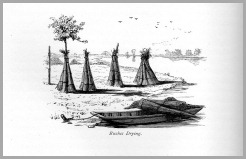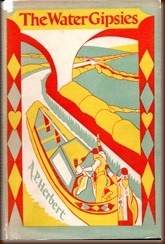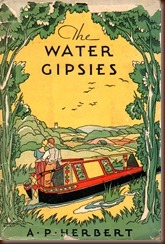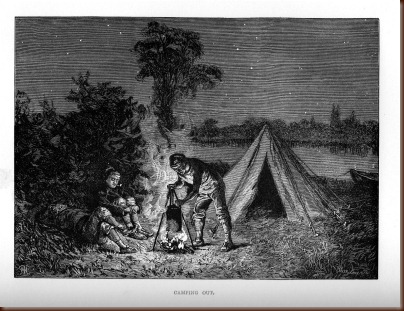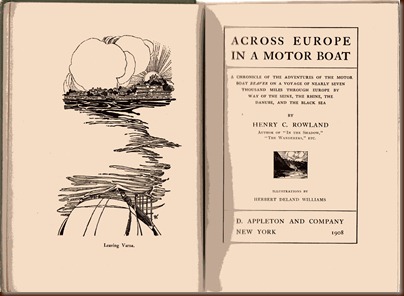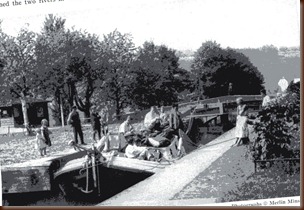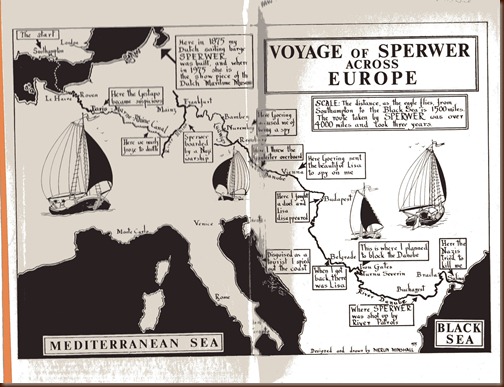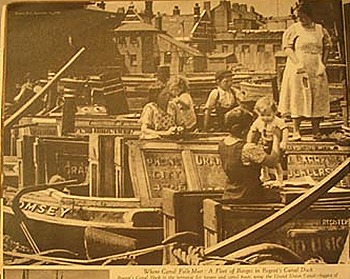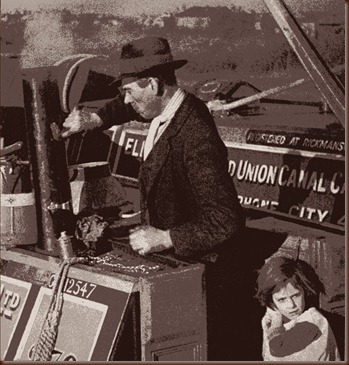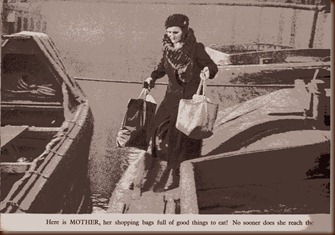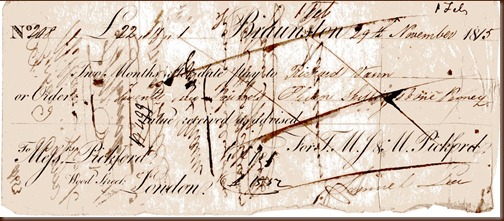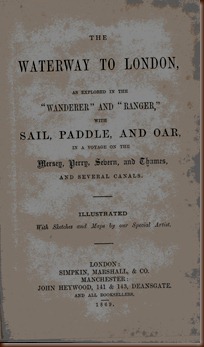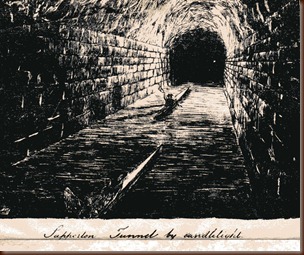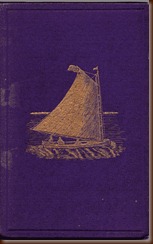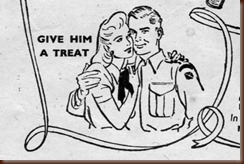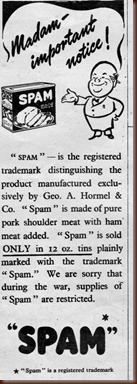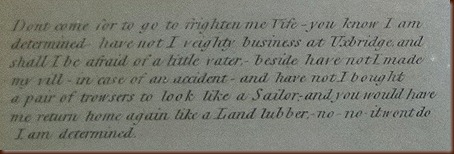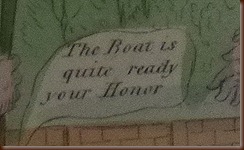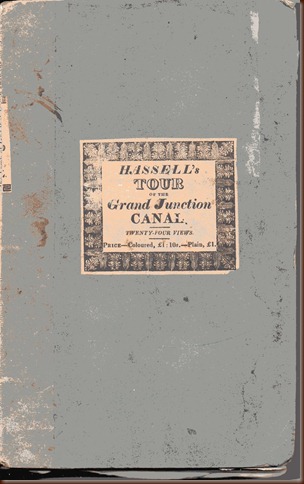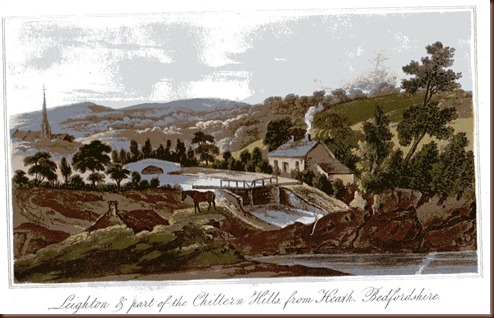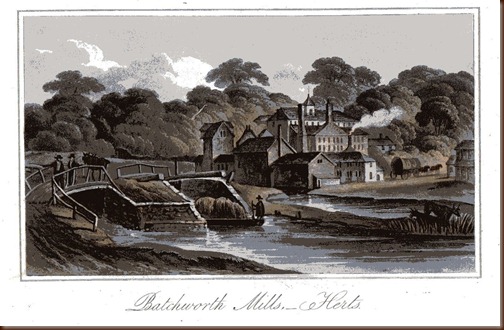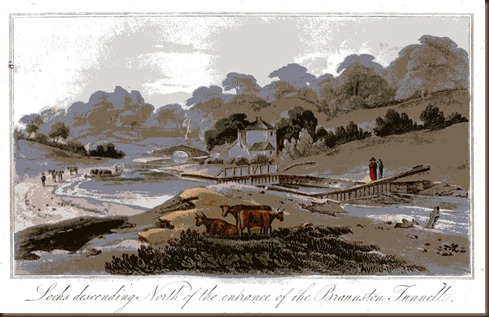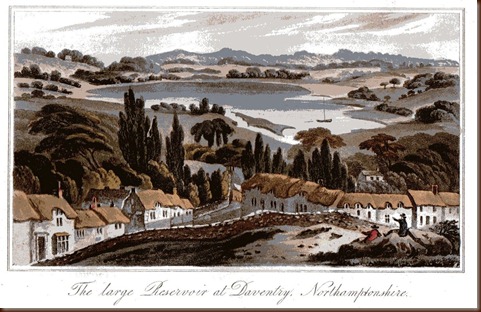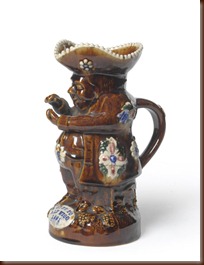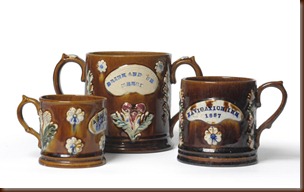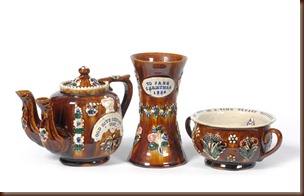The decade commenced with another Thames adventure –Eric Leyland’s ‘Discovery on the Thames’ published in 1950.
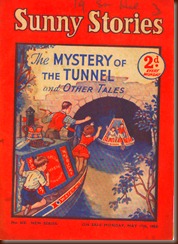

Sunny Stories. No’s 611, 618, 637. From March, May & September 1954.
For very young children – ‘Sunny Stories’ appeared in the UK throughout the 1940’s / 50’s and was edited by Enid Blyton for many years. As a shareholder in the magazine she seems to have taken exception to the appearance of advertisements in the magazine for books written by authors other than herself. This disagreement culminated in her resignation as editor in 1954. Her replacement was none other than Malcolm Saville who as we have seen had already written two canal adventure stories in the 1940’s. Knowing canal stories to be a ‘good thing’ he included these 3 stories in comics issued soon after the commencement of his editorship.

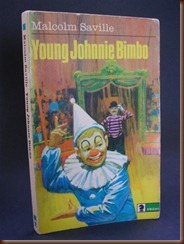
‘Young Johnnie Bimbo’ First Ed Dust Wrapper from 1955 and Paperback version from 1970.
Shown above, Malcolm Saville produced his third and last canal book - ‘Young Johnny Bimbo’ Published in 1955 it was again set on the Grand Union Canal but this time involving circus life.
CANAL CATS, BADGERS, MONKEYS & TUNNELS.

Gunpowder Tunnel by Bruce Carter 1955.
A book with a new direction appeared in this same year – ‘Gunpowder Tunnel’ by Bruce Carter. Set in the 18th century this was the first book in the ‘Historical Adventure Story’ genre of books to appear with a canal setting. This setting was a device that was to become very popular in succeeding years for both adult and juvenile fiction works. The author had thoroughly researched his subject and chose to set his story around the building of Sapperton Tunnel on the Thames and Severn Canal. The result was an exciting and realistic adventure story for 10 –12 year olds.
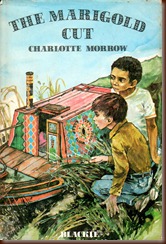
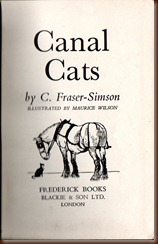
Shown above – Two books for younger readers which appeared in 1955.
The most elusive of children's canal books appeared in 1957 written by the established writer of juveniles – Winifred Finlay. ‘Canal Holiday’ seems to be exceptionally uncommon, in fact so rare that I have yet to find or even see a copy (In the unlikely event that you have a spare copy then I’m your man). So I am sorry that I cannot show you an illustration of this book.
Most readers of this blog will be familiar with Tom Rolt’s first book ‘Narrow Boat’ . It is said that Rolt wanted to illustrate his book with photographs but ‘Countryside book production’ conventions to which his publishers Eyre & Spottiswoode adhered prevented this. I suppose it depends on your point of view but personally I find the scraperboard images produced by D J Watkins- Pitchford for this book perfectly complement the nostalgic melancholy of this text with its plea for the retention of a fast disappearing way of life.
At any rate judging by the rare book prices asked for any of Watkins- Pitchford’s books ,there must be a lot of admirers out there.He even has a society dedicated to his life and work. A Keen fisherman and countryman he also wrote several books for children one of which for very young readers involved badgers and a canal. Bill Badgers Winter Cruise is illustrated below with its 1st edition dust wrapper and should you want a copy be prepared to pay £120 plus for it !!
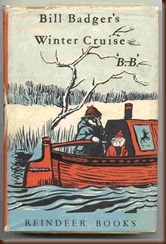
First Edition Dust Wrapper from 1959.
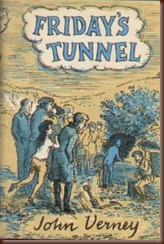
One of the best children's books from the period - John Verney’s Friday’s Tunnel involves the imaginary Callender family in a series of adventures with yet another canal tunnel as a setting. John Verney was an established artist who illustrated his own books in the style of Edward Ardizonne.
Fridays Tunnel. First Edition 1959.

The final book of the era was unusually set on a wide beam boat on the waterways of the North East. Well researched and with an authentic tone it describes the fight for survival of a No1 or bye trader against the larger carrying companies. It was the first book to be set on a wide boat since the publication of Jims Children in 1903.
The Monkey On The Red Rose 1st Ed.1959.
To follow and in preparation – Books of the 1960 – 70 period.
To read the whole 7 parts in this series in one go (1870-1960) go to my other blog - http://canalbookcollector2.blogspot.com



